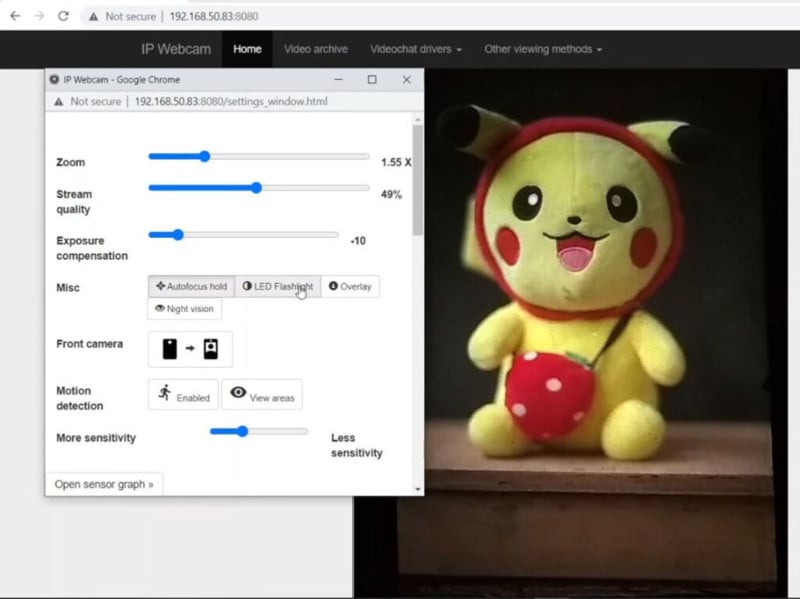How to Get a Large Format Film Look with a Smartphone Camera
I recently shared about how I turned my Afghan Box Camera into a 4×5 slide projector. In this article, I’ll share another idea based on the Afghan Box Camera: to make use of my humble mobile phone camera to create a large format look with the box camera and its lens.
Design
![]()
In my design, I decided to make use of a mobile phone camera rather than a DSLR or mirrorless camera. However, how would I control the mobile phone camera if the phone is placed inside the box? Luckily there are various apps that will help us.
![]()
Remote Control
![]()
For my Android phone, I decided to go for the IP Webcam app for its versatile. It is free, can be used via Wi-Fi, and is easy to use. Hence by using this app, the mobile phone camera can be controlled and hence trigger off remotely.
After some testing, I realized that the phone camera cannot be too near the ground glass otherwise the phone camera will produce an image with a hot spot. The best position I found is to place the phone all the way to the back of the box camera. The ground glass image will only occupy about half of the camera phone photo frame. This can be easily overcome via zooming in via the control interface or cropping during post-processing.

The IP Webcam control interface is easy to use, I usually play with the following settings
Zoom. To zoom on the ground glass image as mentioned above.
Exposure compensation. This setting can be adjusted from -12 to +12 steps (not sure how 1 step is equivalent to a photographic stop).
Effects. Like any phone digital camera filter, you can set it to black and white, sepia, and negative. My favorite is black and white simply to mimic the usually monochrome photo we take with black and white photographic paper.
White balance. For shooting in color, the Daylight setting seems to boost the color saturation quite a bit.
Sample Photos
![]()
![]()
![]()
In conclusion, this method of hybrid shooting has the potential to be explored further. My best use of such a way of shooting was in an educational workshop during this pandemic time where safe distancing is encouraged, so to be able to show what is happening on the ground glass remotely has been particularly useful.
About the author: Cheng Qwee Low is a (mainly) film photographer based in Singapore. In addition to using cameras ranging from 35mm to ultra-large-format 8×20, Low also enjoys alternative processes such as kallitype and albumen printing. The opinions expressed in this article are solely those of the author. You can find more of Low’s work on his website and YouTube. This article was also published here.